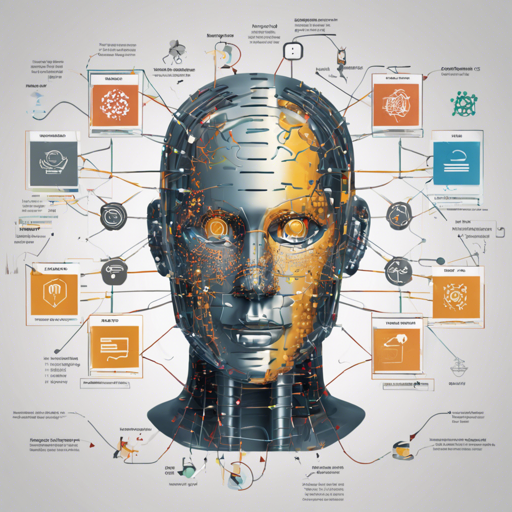In the world of artificial intelligence, fine-tuning pre-trained models can unlock remarkable capabilities tailored to specific tasks. In this article, we will delve into how to fine-tune the GPT-2 medium model using the TaskMaster1, TaskMaster2, and TaskMaster3 datasets. We’ll also discuss the training procedure and hyperparameters that were utilized, making it easy for you to follow along.
What is Fine-Tuning?
Think of fine-tuning like taking an accomplished chef and training them to master a newfound cuisine. The chef already possesses fundamental cooking skills (the knowledge from the pre-trained model); now, with focused practice using specific recipes (the datasets), they can create exceptional dishes that fit the taste preferences of a different culture.
Training Procedure
To harness the power of GPT-2 for our specific tasks, we need to follow a systematic training procedure. Below are the training hyperparameters that were used:
- Learning Rate: 5e-5
- Train Batch Size: 64
- Gradient Accumulation Steps: 2
- Total Train Batch Size: 128
- Optimizer: AdamW
- LR Scheduler Type: Linear
- Number of Epochs: 20
Training Framework Versions
The training was carried out using specific framework versions which include:
- Transformers: 4.23.1
- PyTorch: 1.10.1+cu111
Troubleshooting
While fine-tuning can be an exciting venture, encountering hurdles is a part of the experience. Here are some troubleshooting tips you might find useful:
- Training Overfitting: If your model performs well on training data but poorly on validation data, you may need to reduce the complexity of your model or add more training data.
- Slow Training: If your model takes an unusually long time to train, check your device’s capability. Switching from CPU to GPU can significantly enhance performance.
- Memory Errors: Should you encounter memory-related errors, reduce your batch size and try increasing the gradient accumulation steps.
- Monitoring Training Progress: Utilize tools like TensorBoard for real-time monitoring of the training process to identify issues promptly.
For more insights, updates, or to collaborate on AI development projects, stay connected with fxis.ai.
Conclusion
Fine-tuning the GPT-2 model with TaskMaster datasets can lead to impressive results. By following the steps and parameters detailed above, you are well on your way to mastering your own AI solutions. At fxis.ai, we believe that such advancements are crucial for the future of AI, as they enable more comprehensive and effective solutions. Our team is continually exploring new methodologies to push the envelope in artificial intelligence, ensuring that our clients benefit from the latest technological innovations.

